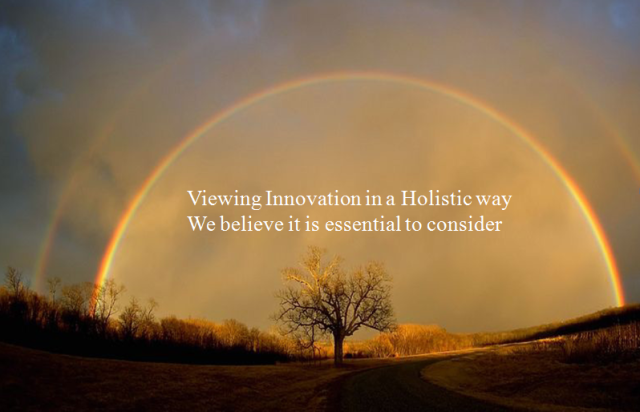 Most of us that have travelled on the undergrounds around the world are well used to the announcement as a train pulls into the station of “mind the gap” between stepping off the train and the platform.
Most of us that have travelled on the undergrounds around the world are well used to the announcement as a train pulls into the station of “mind the gap” between stepping off the train and the platform.
The reminder is to make us aware there is a gap and we need to be ready for this. We need to be consciously aware.
Innovation nearly always suffers some form of “mind the gap” and yet we tend to ignore the obvious and stumble into these gaps or fail to recognize them completely. These ‘gaps’ comes in so many different ways and guises.
We are in a need to constantly “mind the innovation gaps”, these are everywhere.
Firstly innovation is meant to bridge the growth gap found in organizations, it needs to have clear plans to manage the core, seek out new adjacencies and investigate the white space opportunities for making up the growth plans, so as to meet the strategic goals and aspirations of the organization. Often the resources are not allocated to all three of these, it is often left to the same team to bridge the gaps and more often than not, they fail. We also fail to think across different innovation horizons and not allocated dedicated resources and the time to each of these.


